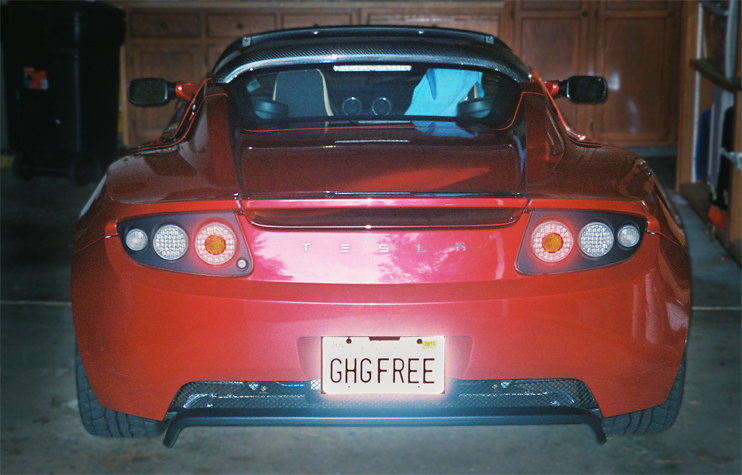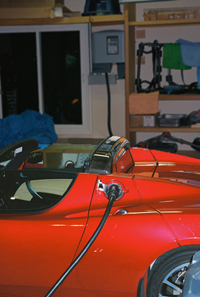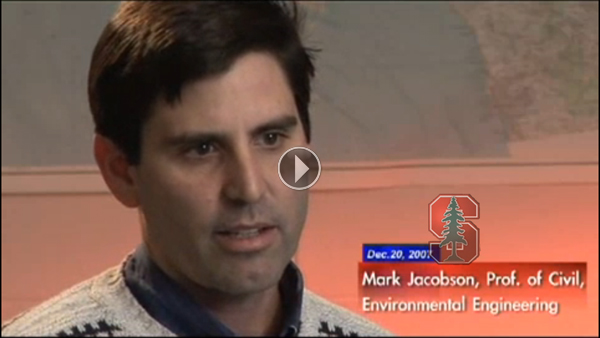If you’re Mark Jacobson, director of Stanford University’s Atmosphere/Energy Program, you drive an all-electric, cherry-red Tesla roadster, with a license plate proclaiming “GHG FREE.” (GHG = Green House Gases)
“Note that the license plate is a little exaggerated,” Jacobson wrote The Phoenix Sun via email, “but the power does come from rooftop solar.”
If you’re a regular Sun reader, you know we’ve covered Jacobson’s work in the past. But after he co-authored a cover story for Scientific American on how to create a 100% renewable energy society, the editors at Grist felt Jacobson’s “big picture” thinking merited a full interview.



